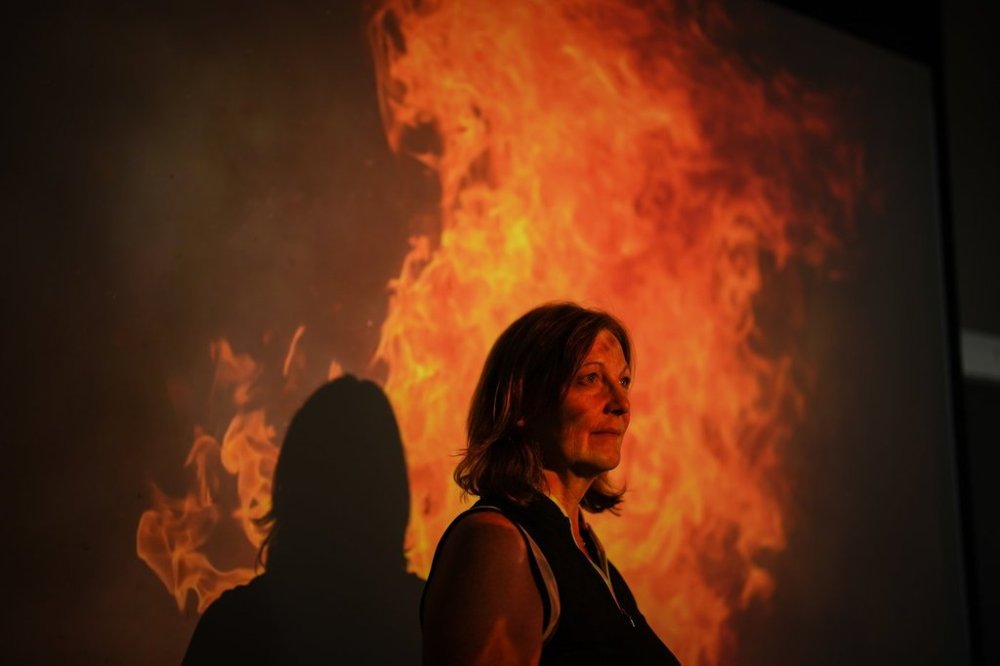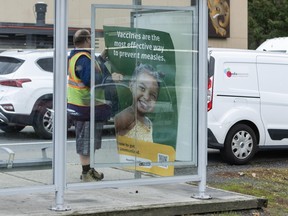Science
Researchers Investigate Jasper Wildfire’s Impact on Forests

A team of researchers, led by Lori Daniels from the University of British Columbia, is preparing to investigate the aftermath of last summer’s devastating wildfire in Jasper, Alberta. Over the next few weeks, they will explore more than 100 locations within the charred forest, using hand-held GPS devices to document the fire’s impact on the ecosystem.
The team aims to gather crucial data on the extent of the damage, such as whether trees still have needles or branches intact, and how deeply the bark has been charred. Daniels, who has witnessed extensive wildfires across British Columbia, described parts of the Jasper fire as “absolutely shocking.” This research follows a fire that destroyed a third of Jasper’s structures and scorched nearly 330 square kilometers of forest.
The focus of the investigation extends beyond immediate damage. Researchers are particularly interested in how over 20 years of forest management may have influenced the fire’s behavior as it approached the town. Daniels noted that Parks Canada carried out significant efforts to thin the overgrown forests surrounding Jasper, which she believes played a role in protecting large portions of the area from complete destruction.
Parks Canada has supported Daniels’ research, which seeks to provide insights into whether the treatments applied to the forest helped firefighters contain the blaze. “It’s a really critical question,” Daniels emphasized, noting that forest management treatments can cost thousands of dollars per hectare. The insured damages from the wildfire have been estimated at approximately $880 million.
In addition to Daniels’ research, Laura Chasmer, an assistant professor at the University of Lethbridge, is also conducting studies in Jasper. Chasmer had established 34 research plots in the area prior to the fire, with 19 of them affected by the blaze. Her work focuses on understanding the types of fuels in forests that can exacerbate wildfires, particularly the role of peatlands and trees affected by pine beetle infestations. Chasmer expressed a commitment to learning from the fire despite the emotional challenges of returning to the area.
The inquiry into the Jasper wildfire also includes examining the possibility of a fire-induced tornado. Mike Flannigan, a research chair at Thompson Rivers University, has suggested that such a phenomenon may have occurred during the blaze. He described the destruction in Jasper as resembling the effects of a tornado, as massive swaths of trees were uprooted or snapped, and debris was scattered over considerable distances.
Researchers from Western University’s Northern Tornadoes Project are collaborating to confirm the occurrence of a tornado. Aaron Lawrence Jaffe, an engineering researcher with the project, noted that the damage observed could only have resulted from wind speeds of about 180 kilometers per hour. His team is using drone technology to collect visual data, aiming to identify patterns indicative of a tornado’s presence.
Despite the challenges posed by the lack of radar coverage in the area, which complicates verification efforts, Jaffe remains optimistic about obtaining clearer answers in the coming months. “There’s evidence that there was some kind of vortex,” he stated, underscoring the need for further research into this rare phenomenon.
As the investigation unfolds, the findings could significantly impact how forest management strategies are developed to mitigate future wildfire risks, particularly in communities like Jasper that are vulnerable to such disasters.
-

 World3 months ago
World3 months agoScientists Unearth Ancient Antarctic Ice to Unlock Climate Secrets
-

 Entertainment3 months ago
Entertainment3 months agoTrump and McCormick to Announce $70 Billion Energy Investments
-

 Lifestyle3 months ago
Lifestyle3 months agoTransLink Launches Food Truck Program to Boost Revenue in Vancouver
-

 Science3 months ago
Science3 months agoFour Astronauts Return to Earth After International Space Station Mission
-

 Technology2 months ago
Technology2 months agoApple Notes Enhances Functionality with Markdown Support in macOS 26
-

 Top Stories1 week ago
Top Stories1 week agoUrgent Update: Fatal Crash on Highway 99 Claims Life of Pitt Meadows Man
-

 Sports3 months ago
Sports3 months agoSearch Underway for Missing Hunter Amid Hokkaido Bear Emergency
-

 Politics2 months ago
Politics2 months agoUkrainian Tennis Star Elina Svitolina Faces Death Threats Online
-

 Technology3 months ago
Technology3 months agoFrosthaven Launches Early Access on July 31, 2025
-

 Politics3 months ago
Politics3 months agoCarney Engages First Nations Leaders at Development Law Summit
-

 Entertainment3 months ago
Entertainment3 months agoCalgary Theatre Troupe Revives Magic at Winnipeg Fringe Festival
-

 Politics1 week ago
Politics1 week agoShutdown Reflects Democratic Struggles Amid Economic Concerns




















